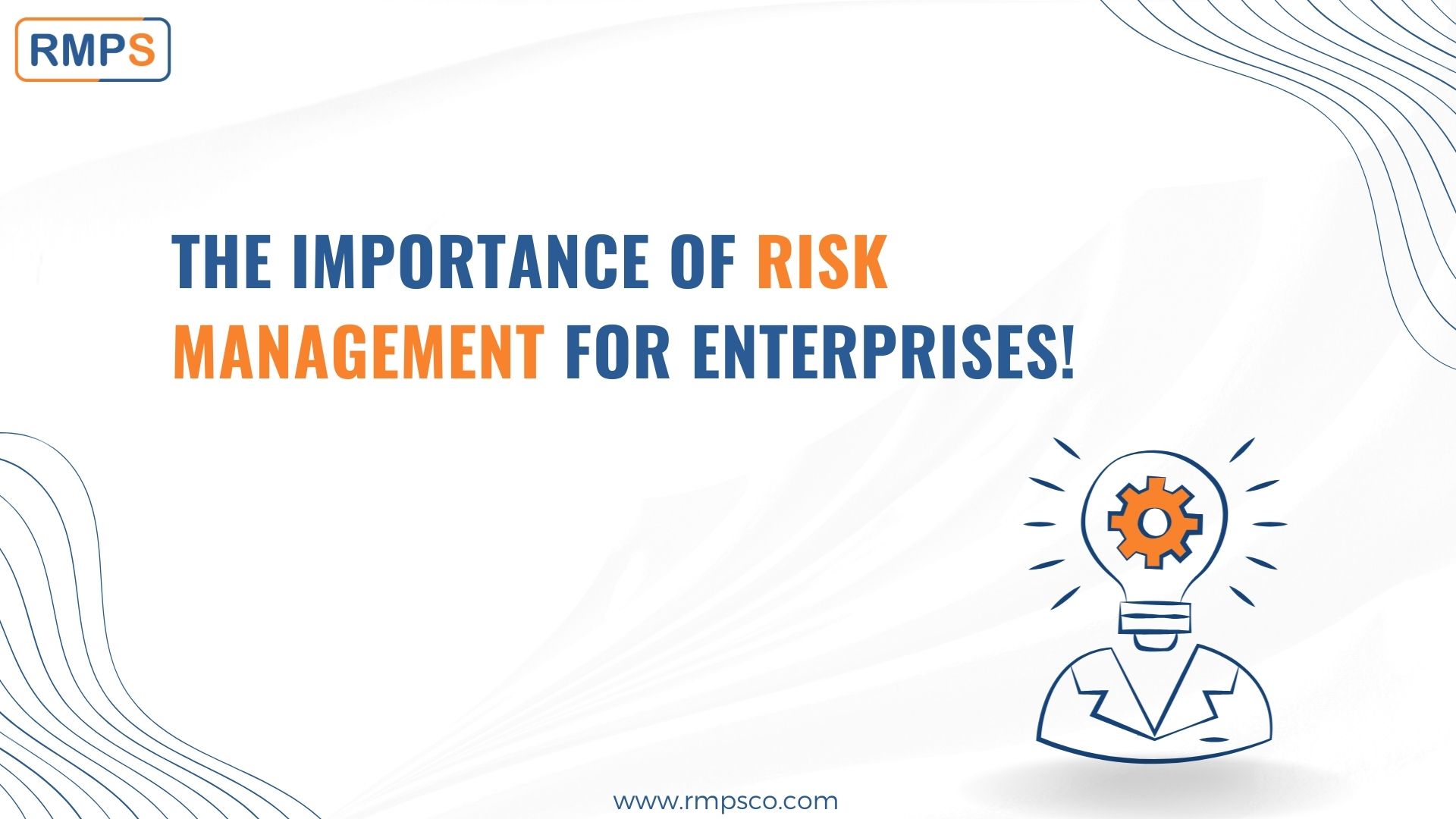The Importance of Comprehending the Importance of Risk Management in Various Industries

The Core Idea of Risk Management and Its Purpose
Risk Management, the cornerstone of many sectors, pivots on the identification, analysis, and reduction of uncertainties in a service atmosphere. It is an integral method that allows organizations to safeguard their possessions, reputation, and general survival. By appropriately identifying potential risks, companies can create methods to either protect against these threats from taking place or reduce their influence. The assessment procedure includes evaluating the probability and prospective severity of these threats. Once threats have actually been determined and reviewed, the mitigation procedure includes designing strategies to decrease their potential effect. This process is ongoing and cyclical, making sure that services are prepared for the ever-changing nature of Risk in different markets. The key function, thus, is to foster strength in the middle of unpredictabilities.
Benefits of Executing Risk Management in Company Procedures

Introducing the Function of Risk Management in Different Industries
While every sector challenges its distinct set of dangers, the application of Risk Management methods stays a common in their search of sustainability and development. In the health care market, Risk Management entails making sure patient safety and information defense, while in financing, it entails mitigating financial investment risks and guaranteeing regulative compliance. Eventually, the role of Risk Management across sectors is to recognize, examine, and minimize risks.
Real-life Study Demonstrating Successful Risk Management
To recognize the relevance of Risk Management in these lots of markets, one can look to several real-life instances that show the successful application of these steps. Toyota, post the 2011 earthquake in Japan, revised its supply chain Read Full Report Management to reduce disruption threats. These situations show exactly how industries, learning from situations, properly applied Risk Management approaches to decrease future dangers.
Future Patterns and Advancements in Risk Management Strategies
As the globe proceeds to progress, so also do the trends and growths in Risk Management strategies. Quick improvements in modern technology and information analytics are improving the Risk landscape. Large data and AI are currently crucial in predicting and alleviating threats. Organizations are leveraging these devices to develop predictive versions and make data-driven choices. Cybersecurity, as soon as an outer worry, has actually catapulted to the forefront of Risk Management, with techniques concentrating on discovery, prevention, and feedback. The combination of ESG (Environmental, Social, Governance) aspects into Risk Management is an additional growing trend, reflecting the increasing acknowledgment of the function that social and environmental threats play in company sustainability. Therefore, the future of Risk Management lies in the combination of sophisticated innovation, cutting-edge methods, and a holistic method.
Verdict
In verdict, recognizing the relevance of Risk Management throughout a spectrum of sectors is crucial for their their website long life and success. Inevitably, successful Risk Management adds to much more lasting and resilient services, highlighting the relevance of this method in today's highly affordable and dynamic company environment.
While every market faces its distinct collection of risks, the implementation of Risk Management approaches stays a typical in their search of sustainability browse around this site and development. In the medical care sector, Risk Management entails making certain person safety and data protection, while in financing, it includes mitigating financial investment threats and making sure regulative compliance. Eventually, the duty of Risk Management throughout industries is to recognize, analyze, and alleviate dangers. These instances demonstrate exactly how industries, finding out from crises, effectively used Risk Management techniques to reduce future risks.
